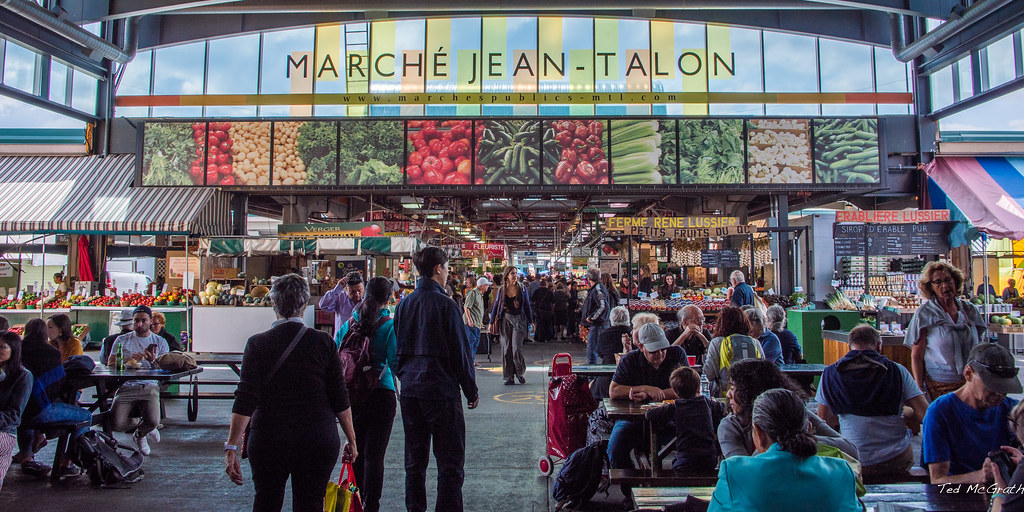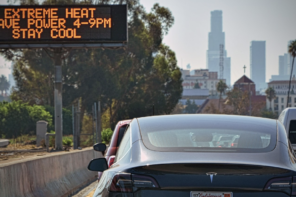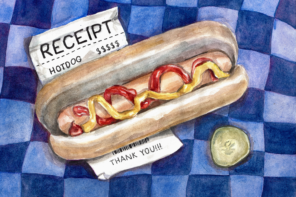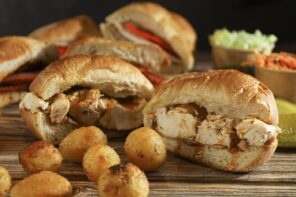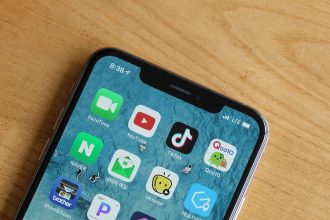Now that we have gone on a 24-hour strike, marched down Parc, made meme-able signs out of old boxes, and heard the wise words of Greta Thunberg, we can’t get hypocritical. Yes, I’m talking to you, Premiere Moisson Dasani water bottle, and you, tearing Metro grocery bags. I know that it can be hard to remember to bring a big-ass Le James bag to the grocery store, but we can all minimize the amount of food and drinks that we buy on campus, both to save our planet and our wallet.
Our eating habits, and food production in general, are huge contributors to waste. When we buy food on campus not only are we creating garbage, but we’re also giving in to mass production and likely letting our groceries go moldy at home. I challenge you all to join me as I spend $0 on campus and avoid all the ways that we create waste by abandoning our kitchens.
Phase 1: The Meal Plan
As you might have guessed, there will be no take out or Uber Eats this week. We must plan a trip to the grocery store and really make sure we aren’t wasting anything. We need to plan what we are going to make so that we only buy ingredients that are necessary. It’s going to be a little chilly this week, so feel free to check out my one-pot curry from last semester.
Phase 2: The Snacks
I know that we all love a good granola bar or — when we want to pretend that our midterm is a third grade spelling bee — a chocolate chip Bearpaw, but this week let’s pack non-waste snacks with no wrappers or packaging to throw away. The easiest snacks to pack are fruits like apples or plums (because they are in season – duh), veggies and hummus, overnight oats, or trail mix. Obviously, some of these things come in packages and bags, but if you are super committed you can head over to the Bulk Barn on St. Cath’s and bring your own reusable containers.
Phase 3: The Grocery Store
There are two huge ways that you can make your trip to the grocery store more eco-friendly. The first thing is to buy local! It’s harvesting season right now so there is simply no excuse. Personally, I like to make a day of it and head over to my favourite market, Jean Talon, where I can get all my produce from local farms. The second thing is to bring your own bags! There are two reasons to BYOB: the Earth, and plastic bags, which break and cut off your circulation in the process. Enough said.
Phase 4: The Containers
All of this is totally pointless if you slice your apples and put them in a zip-lock. Make sure that you have the containers that you need to bring all your food to campus. I’m that girl who still has a lunch bag and specific lunch containers (don’t @ me). On the topic of containers, let’s address the elephant in the room: coffee. Some of us make coffee at home in the morning and can’t sleep at night from that early dose of caffeine, others need a constant drip; and I get it. If you are someone who would love constant IV drip of caffeine, buy a reusable cup. Or if you don’t want to buy something new, just bring a mug with you to campus.
Phase 5: The Recipes
What kind of person would I be if I gave you a hard time for buying food and didn’t give you any ideas of what to make? I won’t spill all my secrets now but here is a breakfast, lunch, and dinner option for the week.
Breakfast: Fruit Salad (Yummy, Yummy)
Take advantage of all the fruits that are currently in season and are coming from local farms! A combo that I’ve been super into is:
- Strawberries
- Peaches
- Grapes
- Apples
- Plums
Lunch: Mediterranean Bowl (5 Days)
- 1 or 2 bunch(s) arugula
- 5 heirloom tomatoes (in season!)
- 2 cucumbers
- 1 bunch of mint
- 1 cauliflower
- 1 ½ cup quinoa (uncooked)
- Olive oil
- 2 lemons
- Salt and pepper
- Pyrex/baking sheet
Prep the cauliflower by cutting it into smaller florets, toss in olive oil with salt and pepper, and roast them at 350°F for 40 minutes. Make the quinoa while the cauliflower is roasting and let them both cool before assembling the bowls. Then each day, in your favourite container, assemble the bowl by laying down the quinoa and chopping up the remaining vegetables and greens on top. Drizzle with olive oil and lemon juice and voila, a local lunch – woot woot!
Dinner: Bibimbap (5 Days)
- 2 cups brown rice
- 2 cups mushrooms
- 2 zucchini
- 1 bunch of kale
- 1 cup shredded carrots
- 1 cup shredded Napa cabbage
- Sesame oil
- Sriracha
Instead of going to O’Piano this week, save some cash by making your own Bibimbap! First, cook the rice and keep it hot and ready. If you are feeling fancy, separately sauté the mushrooms, zucchini, and kale in sesame oil until they are tender, otherwise you can just throw them in (in that order). Once your veggies are tasting delicious you can place them on top of the rice with a little sriracha and call it dinner!
Ok, now go save the world!

